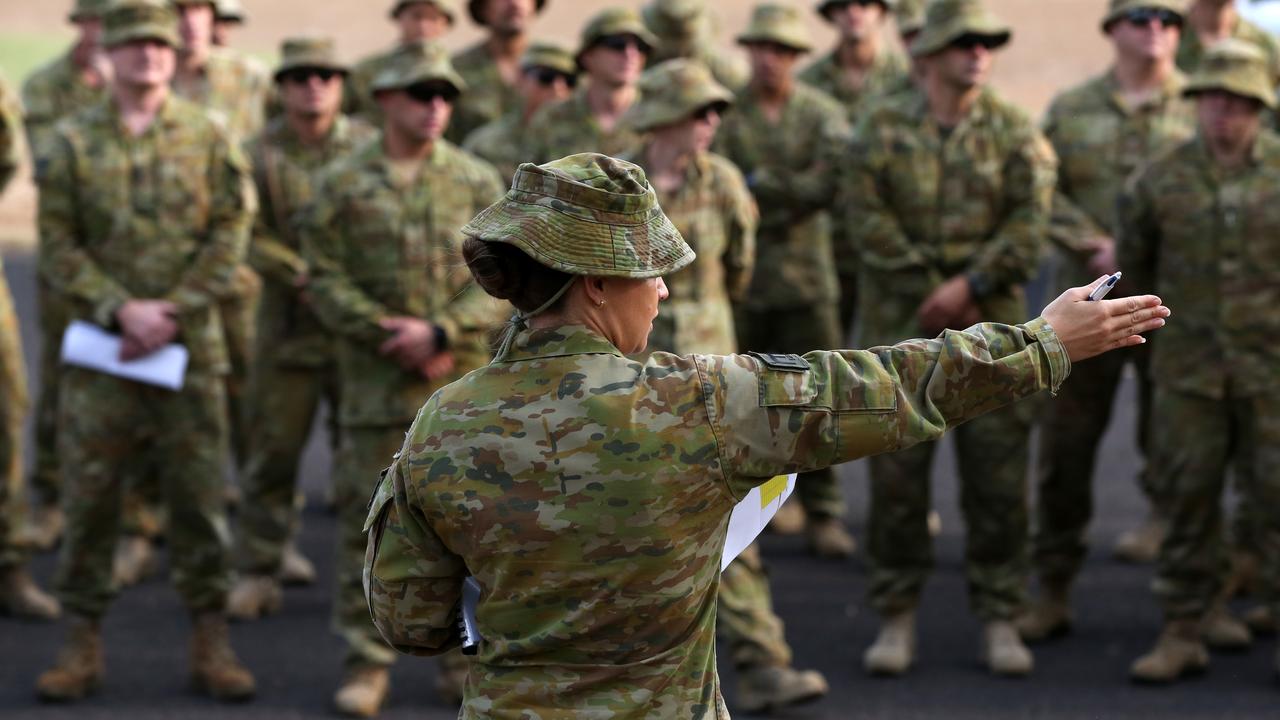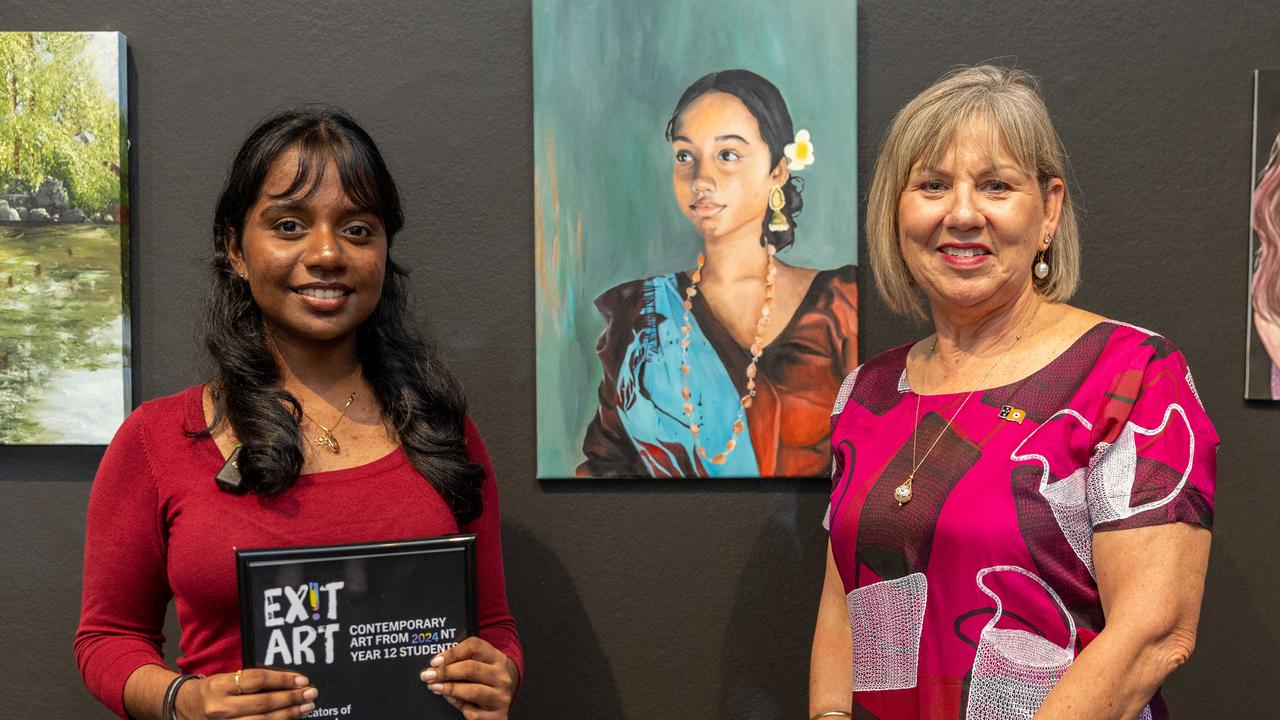Cunningham: Education the only way we’ll see true Closing the Gap progress
The latest Closing the Gap targets released by the Productivity Commission make for some pretty depressing reading. We have to strike at abysmal education rates to solve this issue, writes Matt Cunningham.
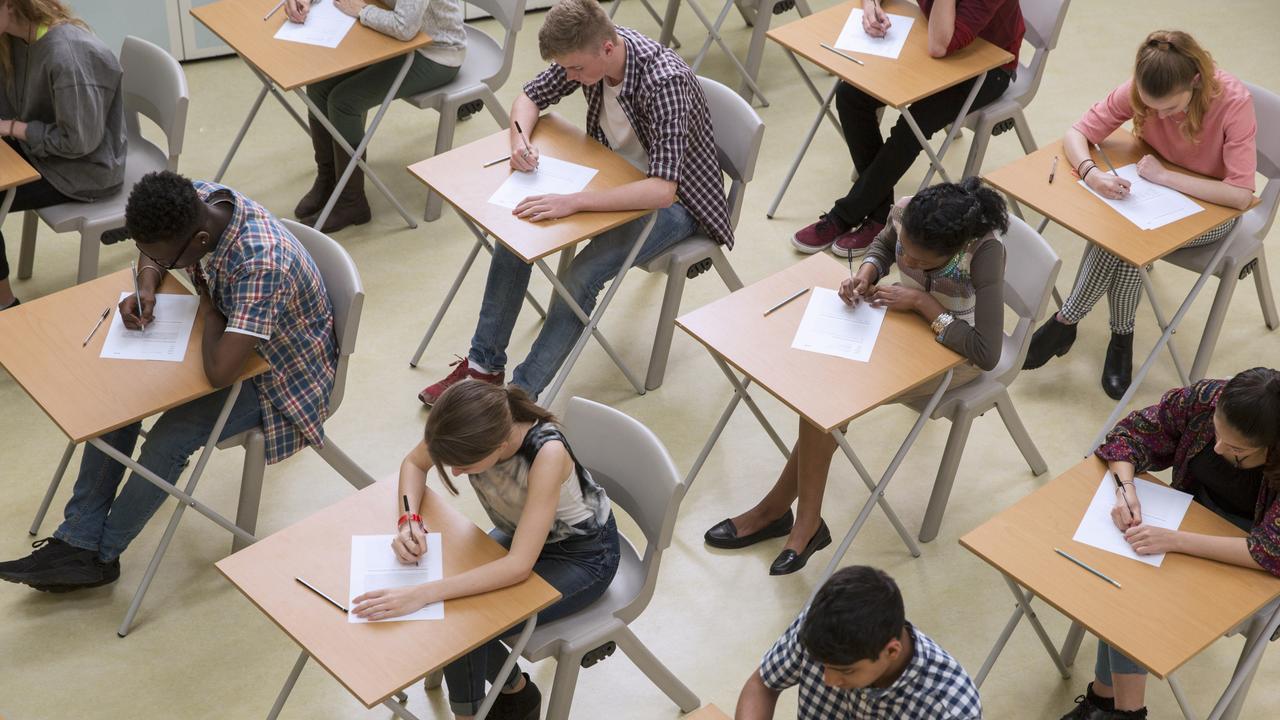
News
Don't miss out on the headlines from News. Followed categories will be added to My News.
The latest Closing the Gap targets released by the Productivity Commission make for some pretty depressing reading.
Just five of 19 targets are on track, there’s not enough data to assess four targets, one target is showing no change and in four target areas we’re going backwards.
But that only tells a small part of the picture.
The real story is far worse, particularly here in the Northern Territory.
Because a deeper dive into the Closing The Gap data shows that while there might be improvement in outcomes nationally for Indigenous Australians, there is a growing gap between the lives of an increasing population of well-educated Indigenous people living in big cities and those here in the Northern Territory, particularly those who live in remote communities.
Consider, for example, the education target.
This is probably the most important target of all, because if children aren’t going to school and getting a good education, we won’t be seeing improvement in areas like Indigenous employment or incarceration rates.
The education target aims to see 96 per cent of Aboriginal and Torres Strait Islander children completing year 12 by 2031.
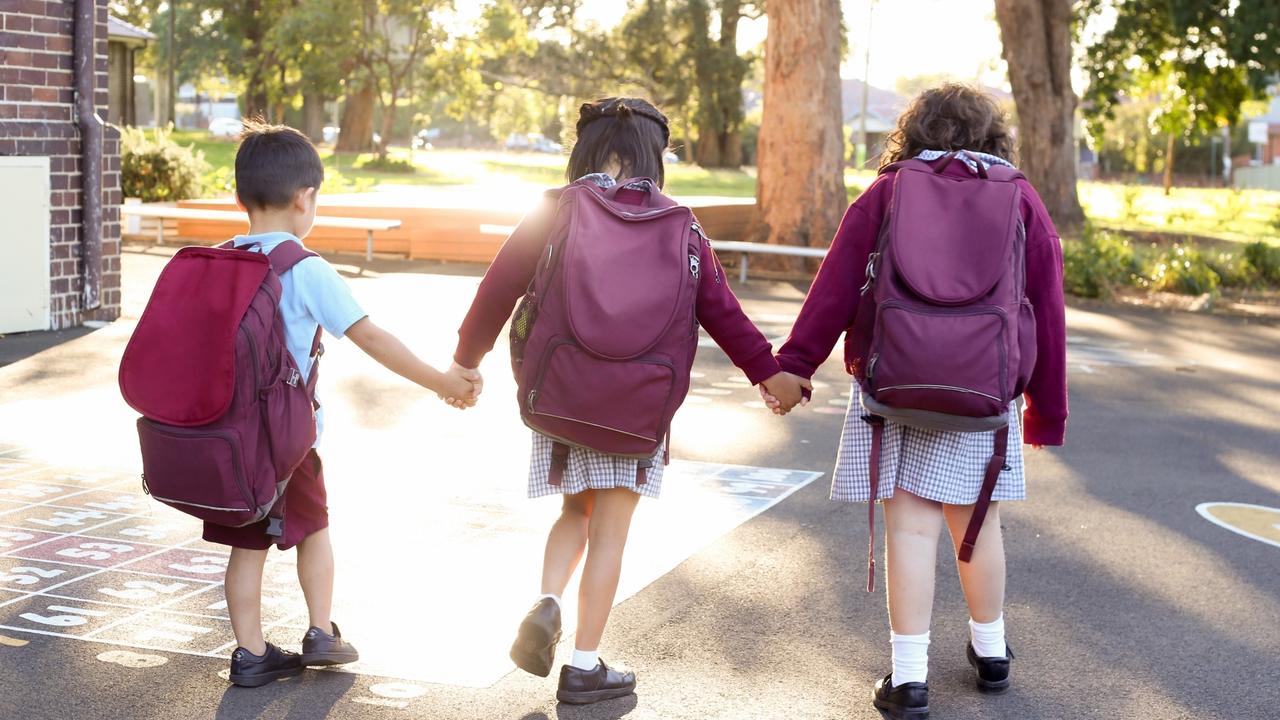
The target area is showing improvement nationally, with 68.1 per cent of Indigenous students attaining an education level of at least Year 12 in 2021.
But in the Northern Territory, that number is just 40.2 per cent.
That rate is unlikely to improve much given the appalling Indigenous school attendance rates, particularly in remote parts of the NT.
NT Education Department data shows the official school attendance rate for Aboriginal kids in the NT is 55.2 per cent.
This is a decline from 67 per cent in 2016.
That is bad enough. But the real figure is being masked by what the department refers to as an “intensive support roll”.
These are children who attend school so infrequently they are not included in the official attendance statistics.
There are more than 1700 children on this roll, and more than 1600 of them are Indigenous.
It means that in reality, only about one in two Aboriginal children in the NT are attending school at least four days a week.
The numbers get worse in more remote areas and as the school years progress.
Based on this data alone, the gap for Aboriginal people here in the NT is only going to widen over the next decade.
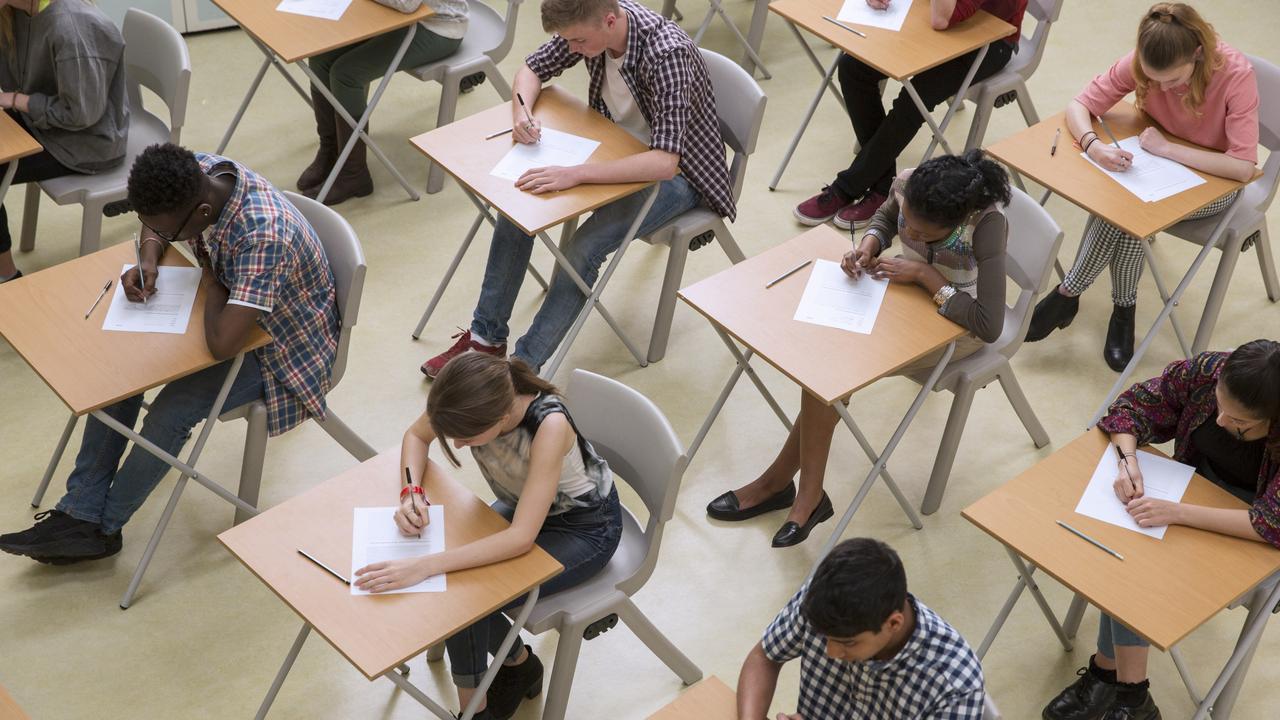
But remember, education is an area where we’re being told there is improvement.
If this is what success looks like, failure is scary proposition.
The issue highlights a problem this country has with its approach to addressing Indigenous disadvantage.
Australia has a growing Aboriginal middle class that are doing remarkably well.
They hold well-paid jobs at universities, large corporations and in government departments.
At the same time, Aboriginal people from remote areas, particularly here in the Northern Territory, are going backwards.
Yet we view these two vastly different groups as the same.
It’s eight years since Yothu Yindi Foundation chief executive Denise Bowden told the Productivity Commission there was a problem comparing “illiterate welfare-dependent families living in humpies in Papunya” with “a double-income, university-educated family living in their own home in Parramatta”.
But this is what we do.
And this gap among Indigenous Australians is only getting wider.
ABS Census data shows the number of people who identify as Indigenous rose 37.5 per cent in the ACT between 2016 and 2021, by 37.4 per cent in Victoria, 28.6 per cent in New South Wales, 27.3 per cent in Queensland, 28.1 per cent in Tasmania and 24.5 per cent in South Australia.
In the NT, where Aboriginal birthrates are at near record highs, our Indigenous population increased by just 4.9 per cent.
The growing, largely middle-class Indigenous population on the east coast is allowing governments to tell a story of advancement.
Here in the Northern Territory, we’re bearing witness to a very different story. And until we admit just how bad this situation is, nothing is going to change.
Originally published as Cunningham: Education the only way we’ll see true Closing the Gap progress




